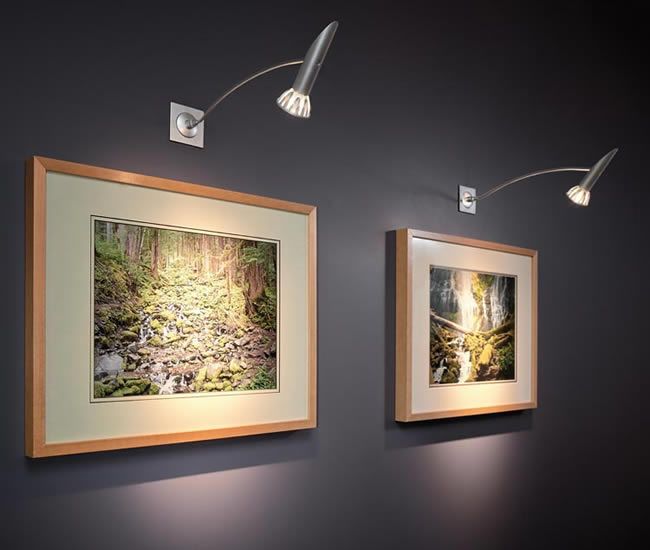
Enlightening the Beauty: The Significance of Picture Lighting
Picture lighting is a fundamental aspect of showcasing artwork, as it has the power to enhance the beauty and impact of paintings, photographs, and other visual masterpieces. Proper lighting techniques not only illuminate the artwork but also evoke emotions, reveal intricate details, and create a captivating visual experience. This article explores the importance of picture lighting, the various lighting options available, and the considerations to keep in mind when illuminating pictures.
The Importance of Picture Lighting
Picture lighting serves as a vital tool in presenting art in its best possible light. It plays a significant role in accentuating the colors, textures, and fine details of a picture, enabling viewers to fully appreciate the artist’s vision. Moreover, proper lighting helps to create a visually harmonious environment that enhances the overall aesthetic appeal and engagement with the artwork.
One of the primary objectives of picture lighting is to achieve an appropriate balance between brightness and contrast. By utilizing different lighting techniques, shadows can be controlled and highlights can be emphasized, resulting in a three-dimensional effect that adds depth and dimension to the picture. Lighting also aids in directing the viewer’s focus, guiding their gaze to specific elements or areas within the artwork.
Types of Picture Lighting Techniques
Direct Lighting: This technique involves placing light fixtures, such as picture lights or track lights, directly above or beside the artwork. Direct lighting is commonly used to highlight individual pictures, drawing attention to the details and creating a focal point within the space. Picture lights with adjustable features allow for precise control over the direction and intensity of the light.
Indirect Lighting: Indirect lighting utilizes light fixtures positioned away from the artwork to bounce light off surrounding surfaces. This technique provides a soft and diffused illumination that evenly spreads across the picture, minimizing harsh shadows and reducing the risk of glare or reflections.
Track Lighting:
Track lighting systems consist of multiple adjustable fixtures mounted on a track, allowing for flexible positioning and highlighting of pictures. With the ability to independently adjust each light’s angle and intensity, track lighting provides versatility in emphasizing various artworks within a collection.
Recessed Lighting:
Recessed lighting involves installing light fixtures into the ceiling or wall, creating a clean and seamless look. This technique is often used to provide ambient lighting to a room and can be strategically positioned to highlight specific pictures. Recessed lights with adjustable trims enable precise control over beam angles and the amount of light emitted.
LED Lighting:
LED technology has revolutionized picture lighting by offering energy-efficient and versatile lighting solutions. LED lights emit minimal heat and ultraviolet (UV) radiation, reducing the risk of artwork damage. Additionally, they provide various color temperature options, allowing for customization to suit the artwork’s color palette and desired ambiance.
Considerations for Picture Lighting
When lighting pictures, several considerations should be taken into account to ensure optimal presentation and preservation of the artwork. These include:
Light Quality:
Choosing lighting fixtures with high color rendering index (CRI) ensures accurate color reproduction, enabling the artwork to appear as intended by the artist.
UV Protection:
Artworks are vulnerable to UV radiation, which can cause fading and deterioration. Utilizing UV-filtering glass or UV-blocking films helps protect pictures from these harmful rays.
Positioning:
The placement of lighting fixtures should be carefully considered to avoid glare, reflections, and hotspots. Experimenting with different angles and distances is crucial to achieving the desired lighting effect.
Dimming and Control:
Incorporating dimming controls allows for flexibility in adjusting the light intensity according to the specific requirements of the artwork and the environment.
Conservation:
Striking a balance between optimal lighting and minimizing the potential damage caused by excessive light exposure



